The News-Hub/ Articles
Back to Articles
Recommended Articles
Switching from Disposable to Reusable Pads
Did you know that just one woman uses anywhere from 5,000 to 15,000 disposable tampons or pads in her lifetime, which inevitably all end up in a landfill. So part of my challenge in “Plastic Free July” this year involved reducing my use of disposable plastic pads. I tried to use a menstrual cup for a while, but failed a few months back. I don’t have access to organic pads where I live so my last option was to start using reusable cloth pads, which honestly turned out to be a great choice.
There are various ways to make cloth pads; however most have three layers. The top section that touches the skin is made of cotton, followed by an absorbent material that is made of a towel, and the last layer is again a cotton or water resistant fabric. In my culture it is very common to use cloth during menstruation, but not this version of a modern cloth pad.
In fact, when I was younger I had actually used cloth pads, but it was not convenient because it was only made of cotton fabric. This time I made my own modern cloth pads with an absorbent layer, and purchased one as well from a local store. Though there were definitely some learning curves, I can assure you that these cloth pads are ultimately extremely comfortable, sanitary, and good for the planet.
For all the ladies out there, if you’re thinking of switching to a reusable cloth pad, here are some tips:
- Try out the cloth pads when you are unsure when your period might start, to test out your comfort level.
- The reusable pads are great to use when your menstruation flow is light.
- But, keep in mind, you can wear the cloth pads on your heavy days as well if you are at home, because you can change the pad whenever you need.
- Plus, if you’re experiencing any other discharge, a reusable cloth pad is also convenient.
Regardless, in order to have a successful switch from the disposable to reusable pad, you must be mentally ready for the initial discomfort and changes that follow suit. It is also essential that you have access to clean water and soap to clean the pads thoroughly - sanitation is key! As for me, I didn’t completely take out disposable pads from my life, but I have reduced my use of plastic pads significantly. Though it was a small step towards living a more eco-friendly life, I know it could potentially make a big impact.
Do you use reusable pads? What are your thoughts? Let me know in the comments below!
Empty content. Please select category to preview


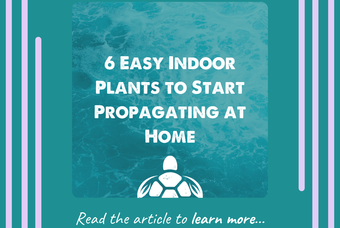
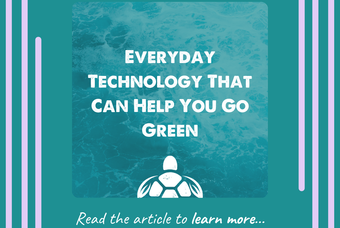

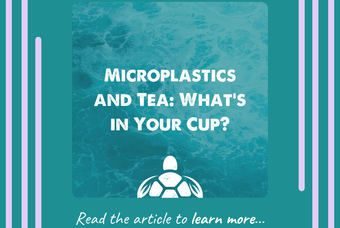
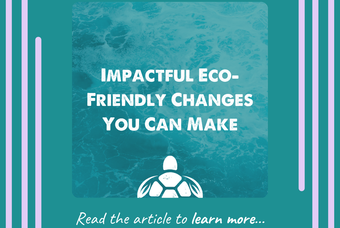


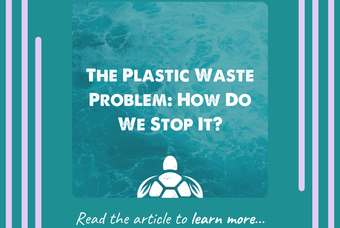

0 comments. Write a comment